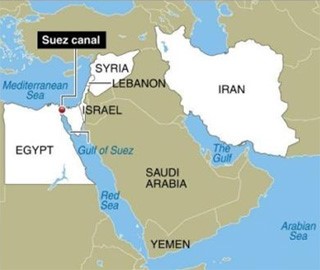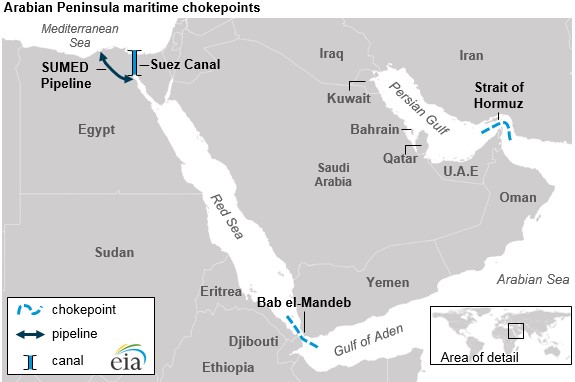Two India-bound ships, MV Saibaba and MV Chem Pluto, came under drone attacks in the Red Sea.
The story of two ships goes as follows. On December 23, 2023, the US Central Command (CENTCOM) claimed that a Houthi drone targeted MV Saibaba in the southern Red Sea. The ship, it said was an “Indian-flagged crude oil tanker”. However, the Indian Navy denied the claim, clarifying that the targeted vessel, MV Saibaba, was Gabon-flagged. Though, the ship was on its way to India and carried 25 Indian crew on board.
The very next day, a drone hit the second ship, MV Chem Pluto, an Israeli-linked merchant ship, with around 20 Indian crew members.The ship was about 217 nautical miles off the Porbandar coast in Gujarat in the Arabian Sea. No casualties occurred. A brief fire that broke out on board was quickly extinguished.
According to a Pentagon official, the vessel, sailing under a Liberian flag, was transporting crude oil from Al Jubail port in Saudi Arabia to New Mangalore port, India. The Liberia-flagged, Japanese-owned, and Netherlands-operated chemical tanker reportedly collided with a drone “fired from Iran,” a claim vehemently denied by Iranian officials. This incident comes in the wake of drone and missile attacks in the Red Sea by Yemen’s Houthis. The Houthis state that they are supporting Palestinians under siege by Israel in the Gaza Strip and demanding an immediate end to the genocide in Gaza. “If Gaza does not receive the food and medicines it needs, all ships in the Red Sea bound for Israeli ports, regardless of their nationality, will become a target for our armed forces,” the group’s spokesperson had earlier clarified in a statement.”

The Yemin’s Houthis group has said it will only stop when Israel stops its “War Crimes in Gaza”. In response, the US formed an international task force called Operation Prosperity Guardian to police the shipping routes.
The Iran-backed group has said it will only stop when Israel stops its “crimes in Gaza“. In response, the US formed an international task force called Operation Prosperity Guardian to police the shipping routes.
India’s oil supply comes through two routes — the Red Sea, and the Persian Gulf. The Houthi attacks in the Red Sea had already rendered that route risky and unstable. However, the route through the Persian Gulf had still been viable.
India’s Defence Minister, Rajnath Singh, stated that India plays the role of a net security provider in the entire Indian Ocean region. He further added that they will take “strict action” against whoever was responsible. He announced the deployment of three guided missile destroyer ships to the Arabian Sea. As a result, three guided-missile destroyers—INS Mormugao, INS Kochi, and INS Kolkata—have been dispatched to patrol the region. The move it said was to deter “potential threats”. Long-range P8I maritime reconnaissance aircraft have also been deployed to recce the area.
Any incident that takes place along the Sea Lines of Communication (SLOC) is a matter of grave concern to the entire international community. 90 percent of the global trade takes place at sea. India is no exception. However, India is only responsible for the security of the maritime traffic within the borders of its Exclusive Economic Zone, which is 200 nautical miles from the coastline and not entite Indian ocean region.
India’s longstanding goal is to expand its Naval presence in the Arabian Sea, but it faces uncertain hurdles. This situation could impact relations with Iran and draw scrutiny from China. Russia would surely advise India to stay away from the U.S.-led coalition.
The author, Atta Rasool Malik, hails from semi-tribal areas of Pakistan. He is a veteran and holds an M.Phil. degree in international relations from the National Defence University in Islamabad. His interests include political economy, the politics of South Asia, the Middle East, and Islamic and Jewish theology.

